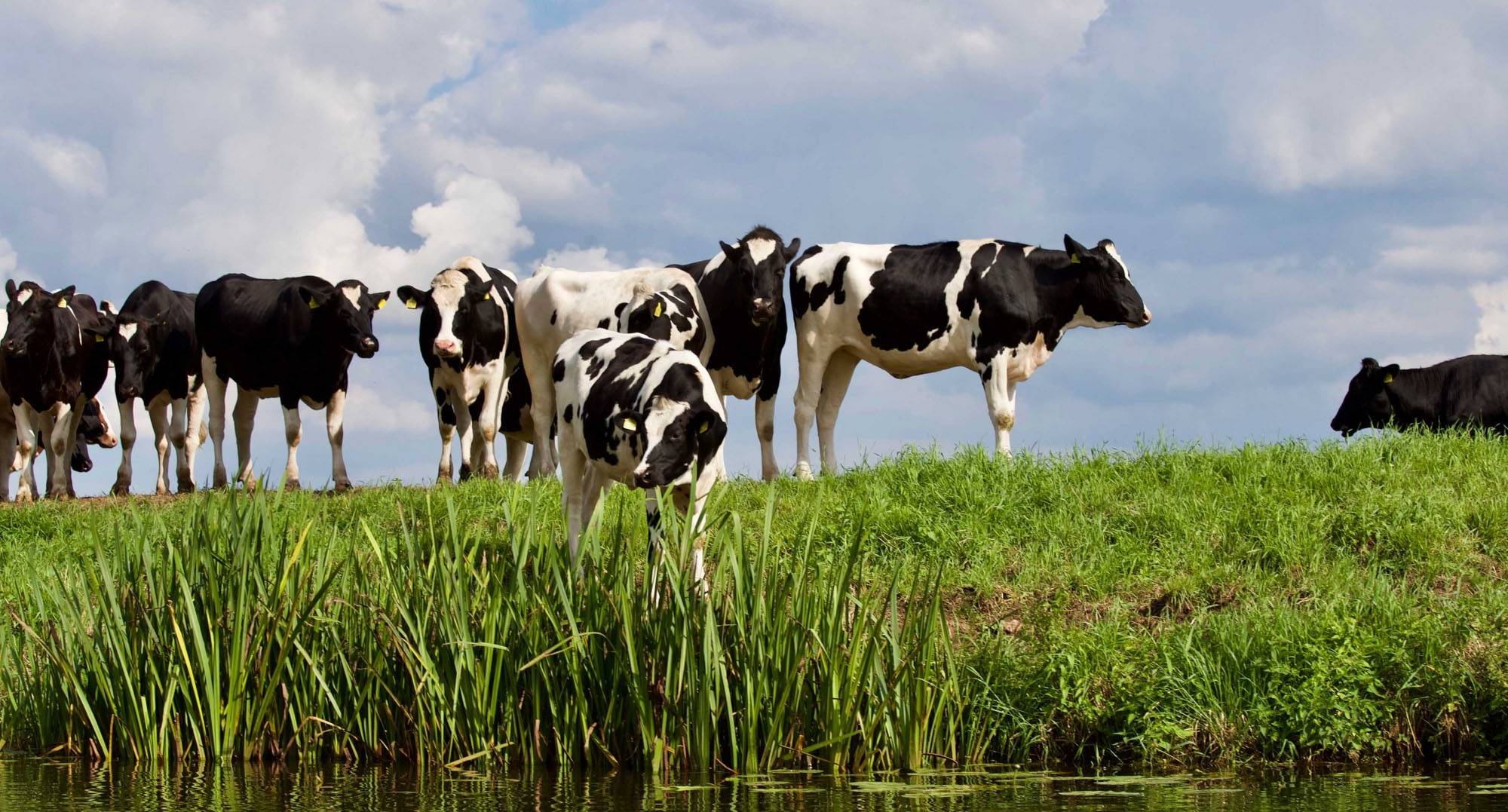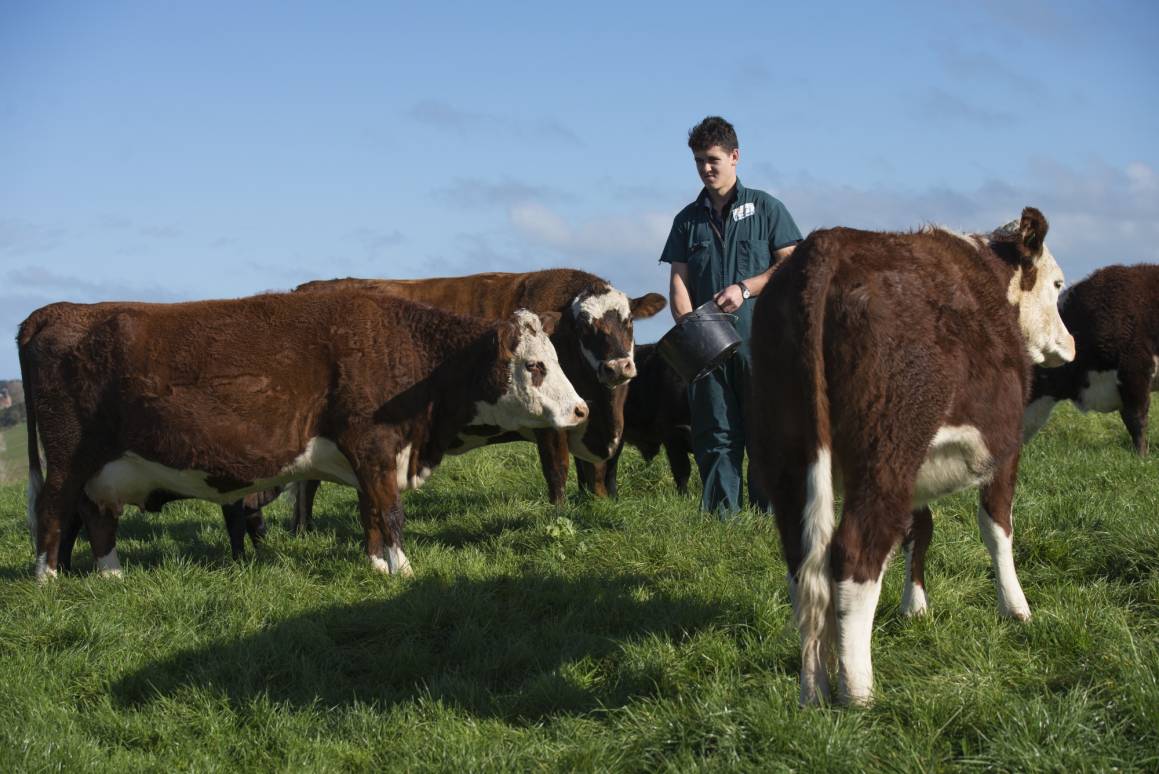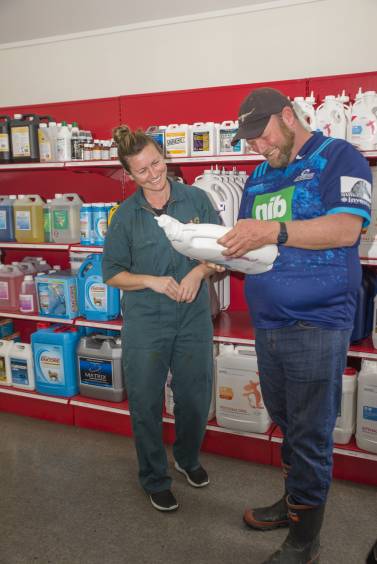Parasite management on the ground
Internal parasites are clever critters that have evolved with
animals over thousands of years. In the past 40 years or so they
have proven to be cleverer than us as we have provided the right
conditions for drench resistant parasites to grow in numbers!
So, the question is how do you know if your drenches are
working and how do you keep it that way!
The first point I would make is that if you run a significant
number of calves or lambs under 12-15 months of age, I would
recommend discussing your system with a vet. The reason for
this is we use a number of strategies to a) reduce the number of parasite larvae on pasture and b) ensure that there is a population
of worms on farm that are not seeing a drench (refugia).
Reducing larvae on pasture may be from grazing older
animals, a different species, planting a crop, making hay or
silage, strategic use of drench or a combination of these.
Drenching is a very important part of management so we need
to do it right to ensure we have it in the toolkit long term.
We drench young stock more because they have a poor
immunity to parasites so the worms in their gut are happier
and produce more eggs which means more larvae!
Check your gun is dosing correctly by drenching into a
beaker or syringe.
• Dose to the heaviest animal
• Generally, lambs and calves get their first drench around
weaning and this drench should be a duel combo (arrest
c in calves or first drench in lambs) to avoid abamectin
toxicity. From the second drench onwards, it is usually safe
to use the triple acting oral drench (which have abamectin).
• The oral drench is carried out every 28 days for about 4-5
months to clean out adult worms that will be contaminating
pasture with worms.
• If we are in a drought do not drench as there will be no
larvae on pasture, recommence in Autumn.
Injectable and pour-on drenches are popular and their
convenience gives them a place but they are not as effective
as an oral drench and they have not yet been formulated into
a triple combination so it is a good idea not to overuse them.
To check that your drench is working it is important on an
annual basis to collect faecal samples 10-12 days after a
drench and check there are no eggs present (drench check).
If there are eggs persist, we may decide to look further into
what worms are surviving and why.
There is no one size fits all programme for parasites so have a chat
to one of us and check that your parasite management plan is best
for your farm. The Wormwise website (Wormwise.co.nz) is a useful
tool to find in-depth information relating to these concepts
What is Drench Resistance?
Drench resistance is present when a worm population that was
previously susceptible to a certain anthelmintic class survives
after a dosing. These resistant worms will pass on their genes
and over time will lead to worms with resistance genes making
up a greater percentage of the total population. With only
finite number of anthelmintic drugs available, the development
of this resistance is incredibly worrying as drenches are an
essential part of parasite management on farm.
Unfortunately, there is no way we can completely stop the
development of drench resistance while still using drenches
so instead we must focus on how management strategies can
help slow it down instead.
If you don’t know the resistance
profile of works on your property, you’re most likely
wasting drench, wasting time and losing profit!








